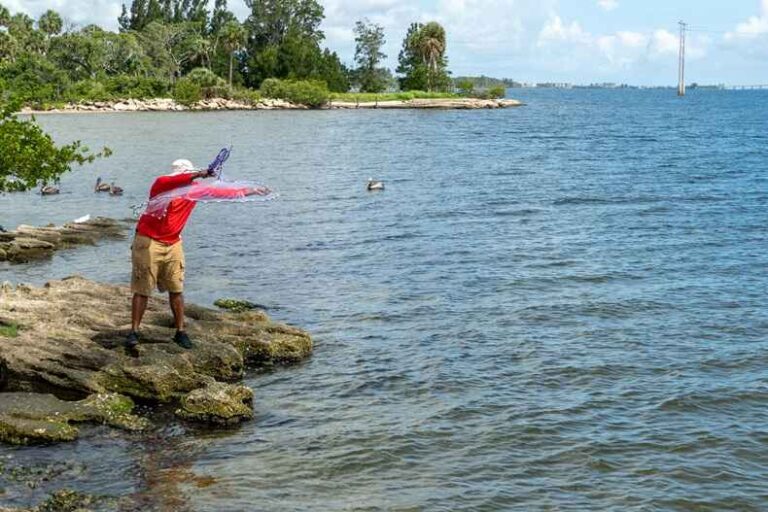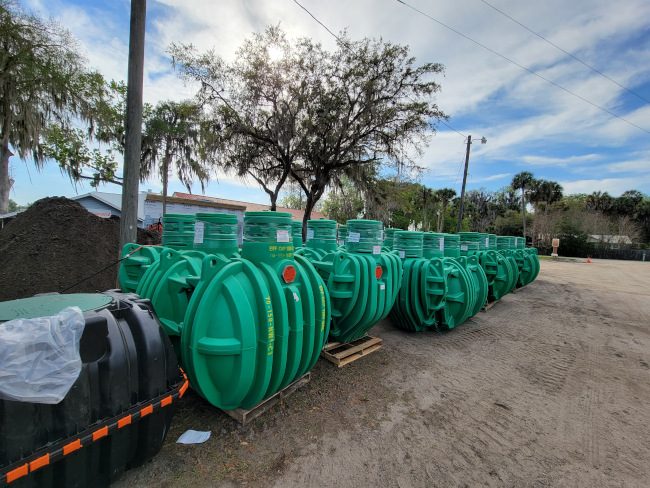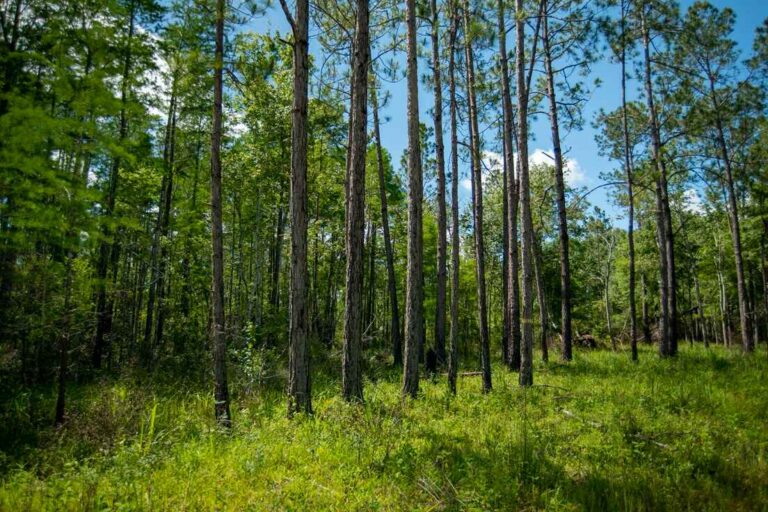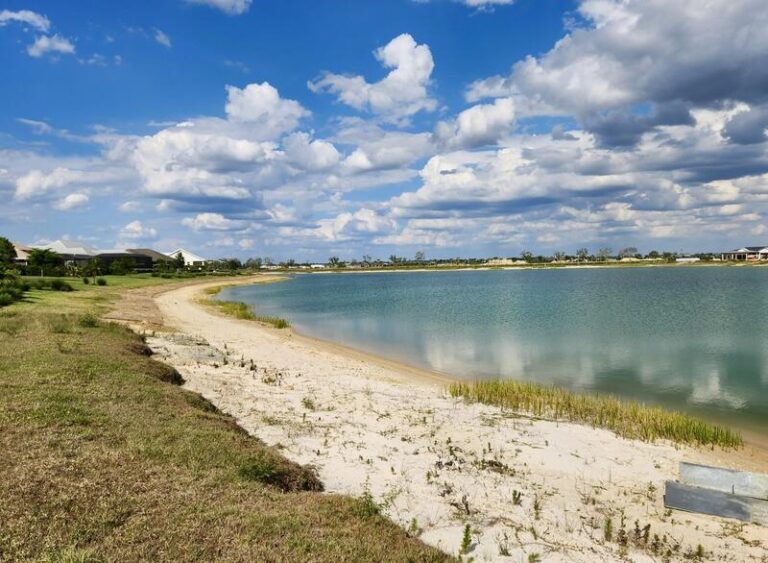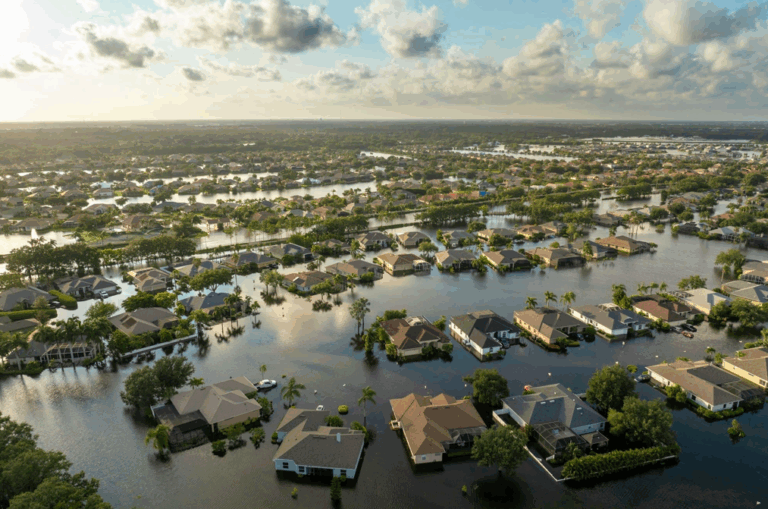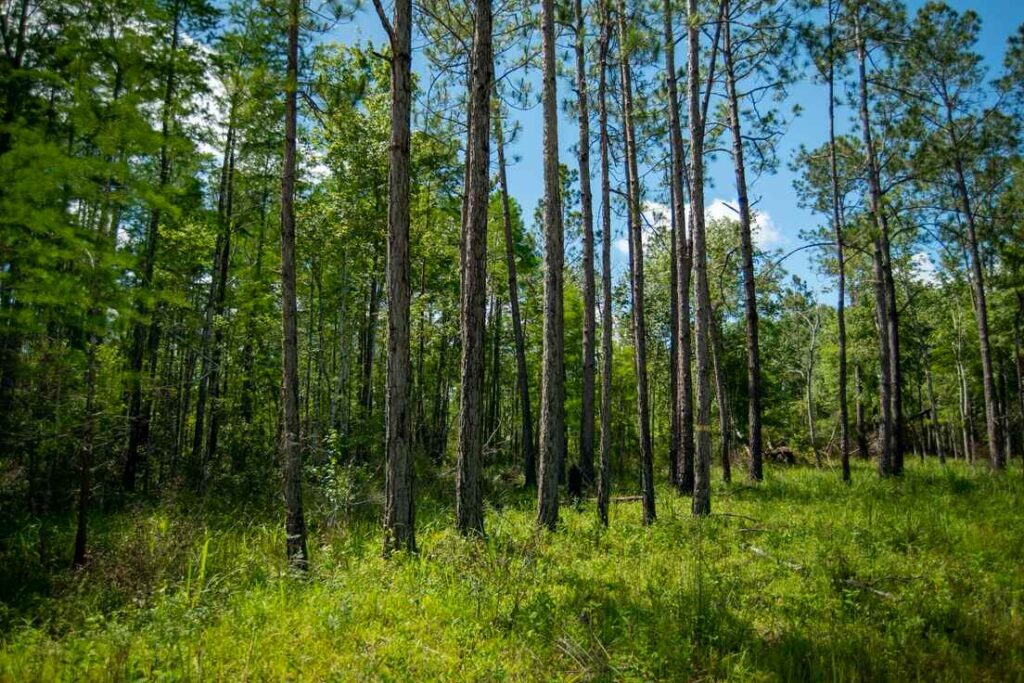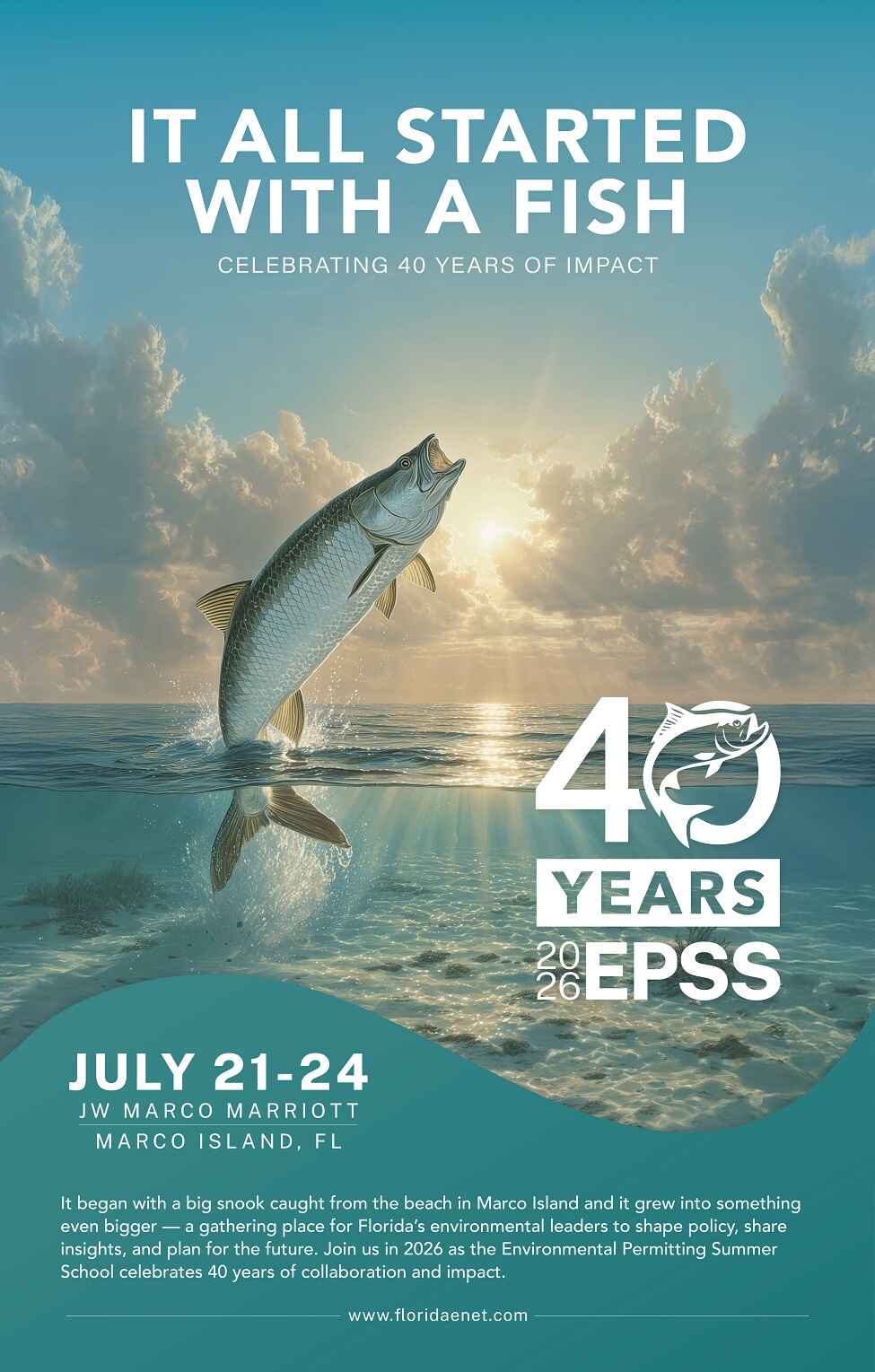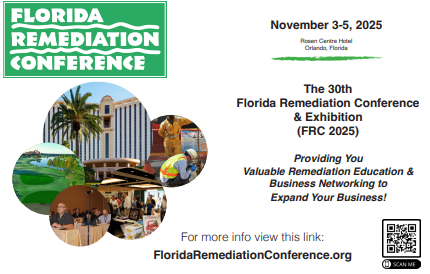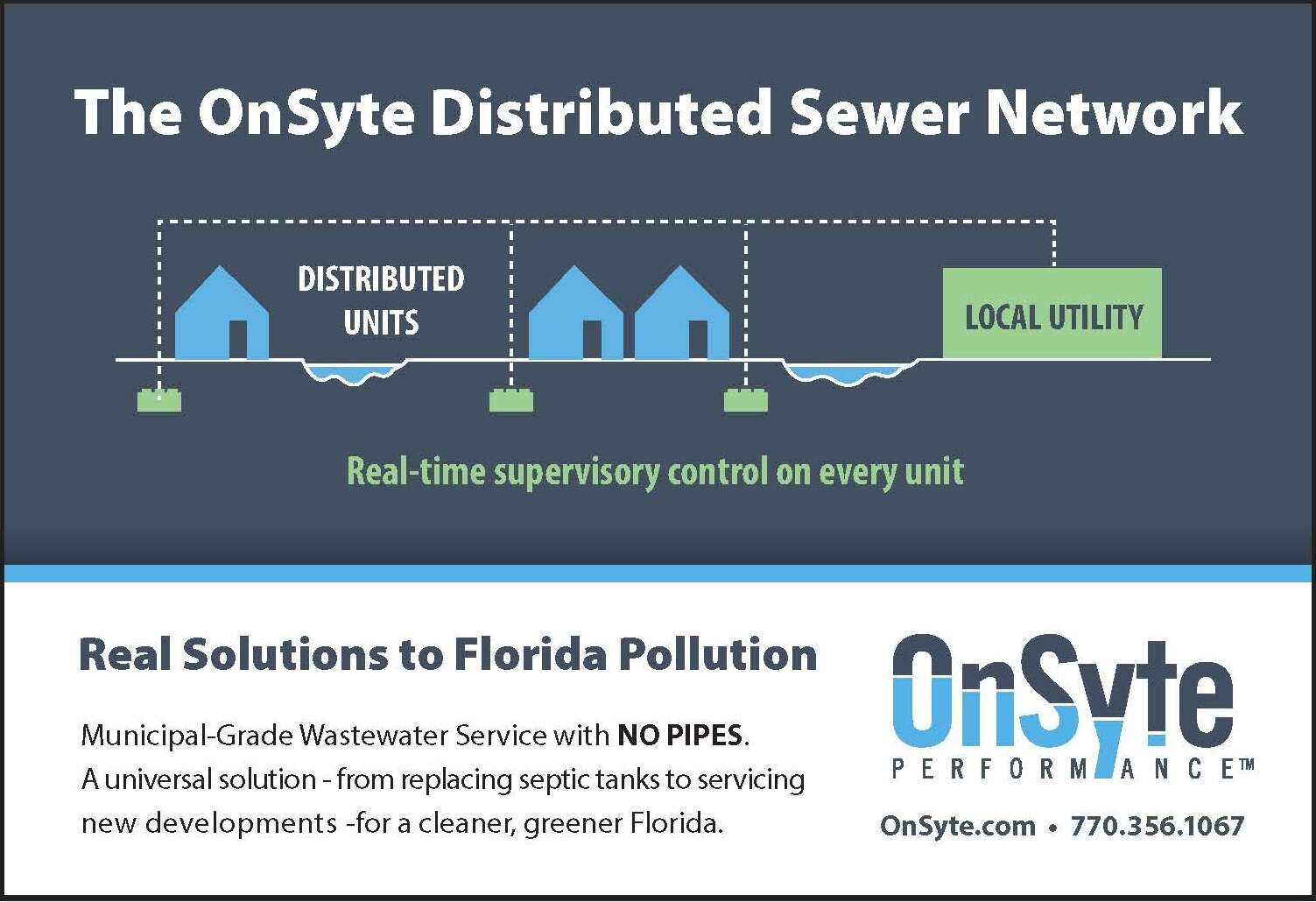By CAITLIN BUTLER
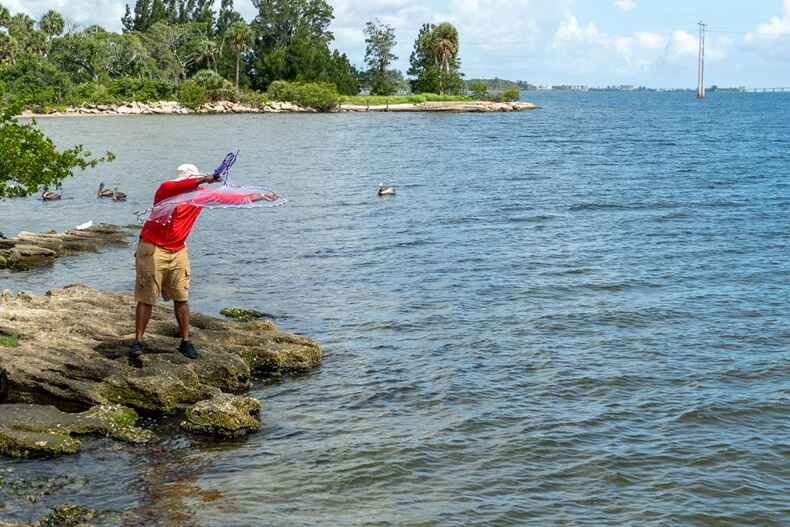
Spanning 156 miles along 40 percent of Florida’s east coast, the Indian River Lagoon (IRL) has long been one of the state’s most iconic and ecologically rich waterways. From Ponce de Leon Inlet in Volusia County to the southern edge of Martin County, the lagoon has shaped the identity, economy and environment of the region. Its beauty and biodiversity have supported generations of families, businesses and communities alike.
Over time, the lagoon experienced increased environmental stress. Nutrient enrichment, algal blooms and habitat loss affected the ecosystem, contributing to declining water quality. Seagrass coverage declined significantly, raising concerns about the long-term health of the system.
Even so, the lagoon has shown resilience. With strong leadership, science-based restoration efforts and community support, the conditions are beginning to improve.
The St. Johns River Water Management District (District) is helping to lead the charge alongside partners across the Indian River Lagoon and Upper St. Johns River Basin (IRL/USJRB) in the ongoing effort to restore and protect the system. Guided by the 2017 Indian River Lagoon Feasibility Study, and its update in 2024, projects are underway to reduce nutrient inputs at the source, reconnect natural hydrology and revive critical habitats.
One of the most visible signs of this is the recently completed Crane Creek/M-1 Canal Flow Restoration Project in Melbourne. The project restores the historic drainage divide that once directed water west to the St. Johns River, redirecting stormwater from about 5,300 acres away from the Indian River Lagoon. By doing so, it reduces nutrient loading — preventing roughly 24,000 pounds of total nitrogen and 3,100 pounds of total phosphorus annually from entering the lagoon — while providing an alternative water supply for downstream users. This project is a cornerstone of the District’s restoration strategy, bringing immediate benefits to the interconnected watersheds of the IRL and the Upper St. Johns River.
Building off the Crane Creek/M-1 Canal project is the next phase of restoration with the planned C-10 Water Management Area (WMA), a transformative 1,300-acre surface water management area now entering development and design. Located in Brevard County, the C-10 WMA project aims to restore historic freshwater flows currently being diverted from the St. Johns River to the IRL via the C-1 Canal. Once operational, C-10 WMA is expected to remove over 29,000 pounds of nitrogen and 1,300 pounds of phosphorus annually, while restoring eight million gallons of historic daily flow; substantially benefiting both the river and the lagoon.
“The C-10 project builds on the momentum, targeting nutrient reduction and restoring historic flow,” said Executive Director Dr. Duane De Freese, of the Indian River Lagoon National Estuary Program (IRLNEP). “It’s a critical step forward for the health of both the St. Johns River and Indian River Lagoon.”
These nutrient-reduction projects are laying the groundwork for an ecological revival, especially in seagrass habitat, an essential part of the IRL’s health. In addition to its project work, the District supports seagrass restoration efforts through their collaborative seagrass mapping program that tracks progress and guides restoration efforts, as well as with the seagrass seed bank studies with the Florida Institute of Technology. Together, these efforts help guide adaptive management strategies and identify areas where restoration is having a measurable impact.
Farther north, the Moore Creek restoration project, funded in part by a NOAA grant through the IRLNEP, is reshaping a key tributary of the lagoon. The District and the U.S. Fish and Wildlife Service are working together on the project to enhance the functionality of the coastal wetlands. By restoring the natural flow of water through these impounded wetlands, the project helps filter nutrients, support fish and wildlife habitat and create a more resilient ecosystem that can better withstand flooding and sea-level rise.
“The Moore Creek project is a strong example of how local, state and federal partners can work together to restore estuarine habitats,” said Melisa Diolos, District Strategic Planning Basin Coordinator.“We’re proud to support initiatives like this that bring tangible, science-based results to the IRL.”
In the southern part of the system, collaboration with the Fellsmere Joint Venture demonstrates the value of public-private partnerships. Their privately operated stormwater treatment area filters agricultural runoff, reducing nutrient loads before they reach the watershed and complementing the District’s broader restoration work throughout the IRL/USJRB.
These projects, and many others across the IRL/USJRB, signal a clear shift in the lagoon’s story. As a lead agency restoring water and habitat across the region, the District is turning momentum into meaningful change. With continued collaboration, science-backed solutions and strong community commitment, the tide is indeed changing.
Learn more about the District’s restoration efforts in the Indian River Lagoon by visiting sjrwmd.com/waterways/renew-lagoon.
Caitlin Butler is a Regional Media and Communications Coordinator at the St. Johns River Water Management District


